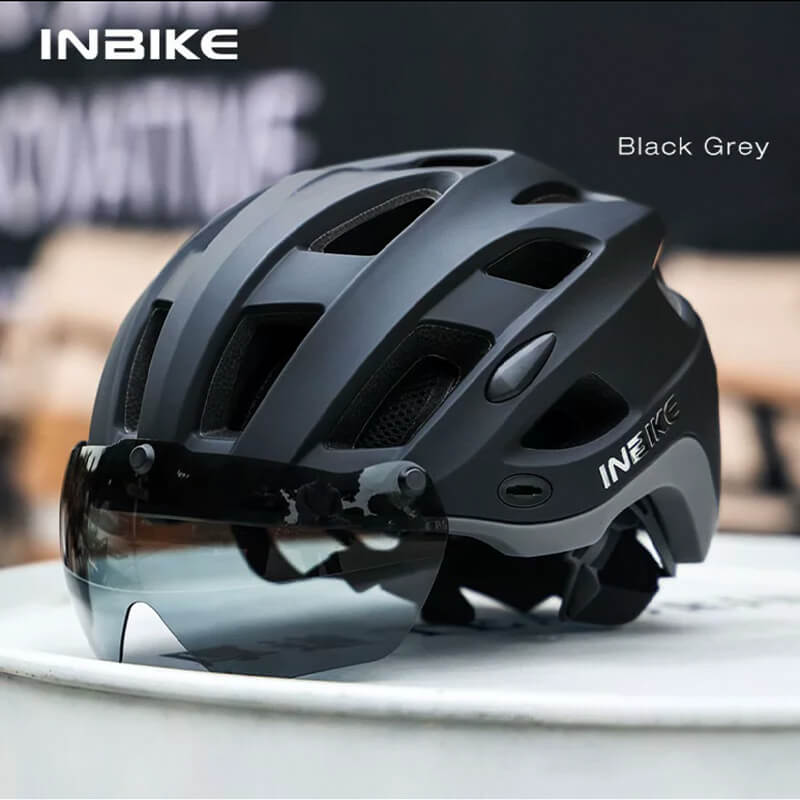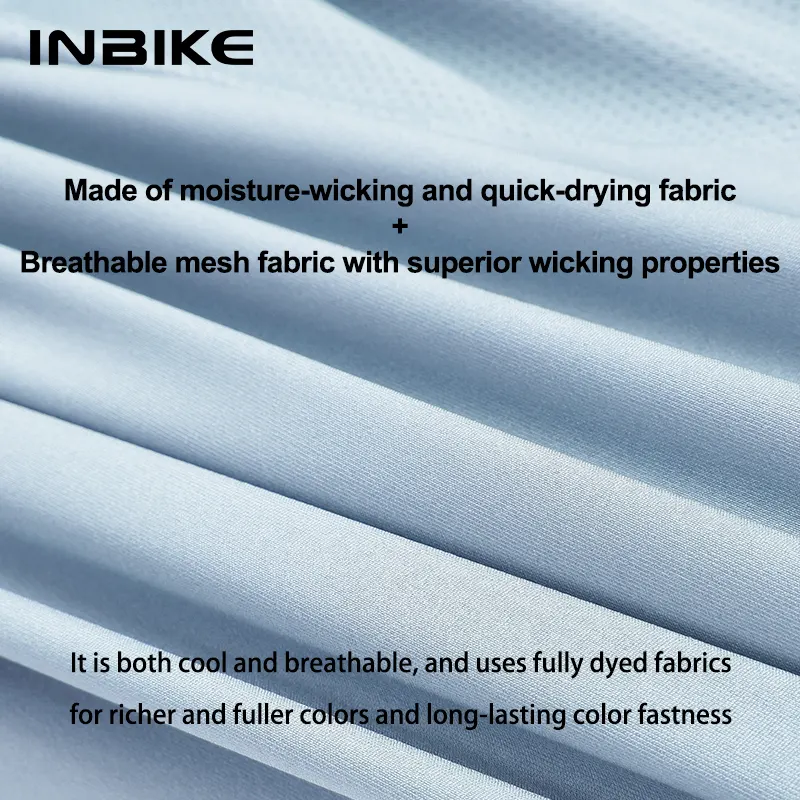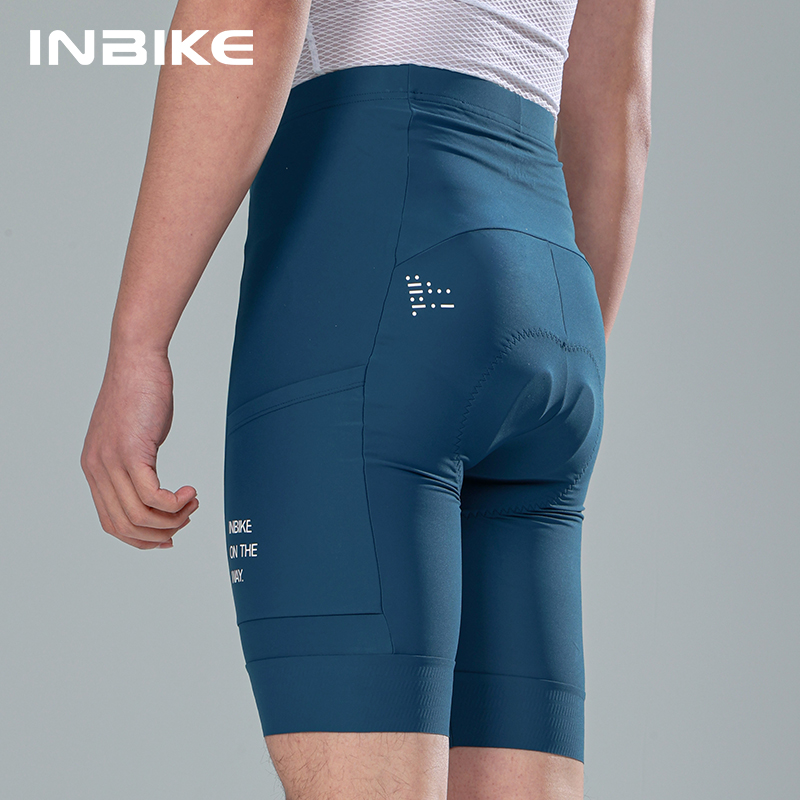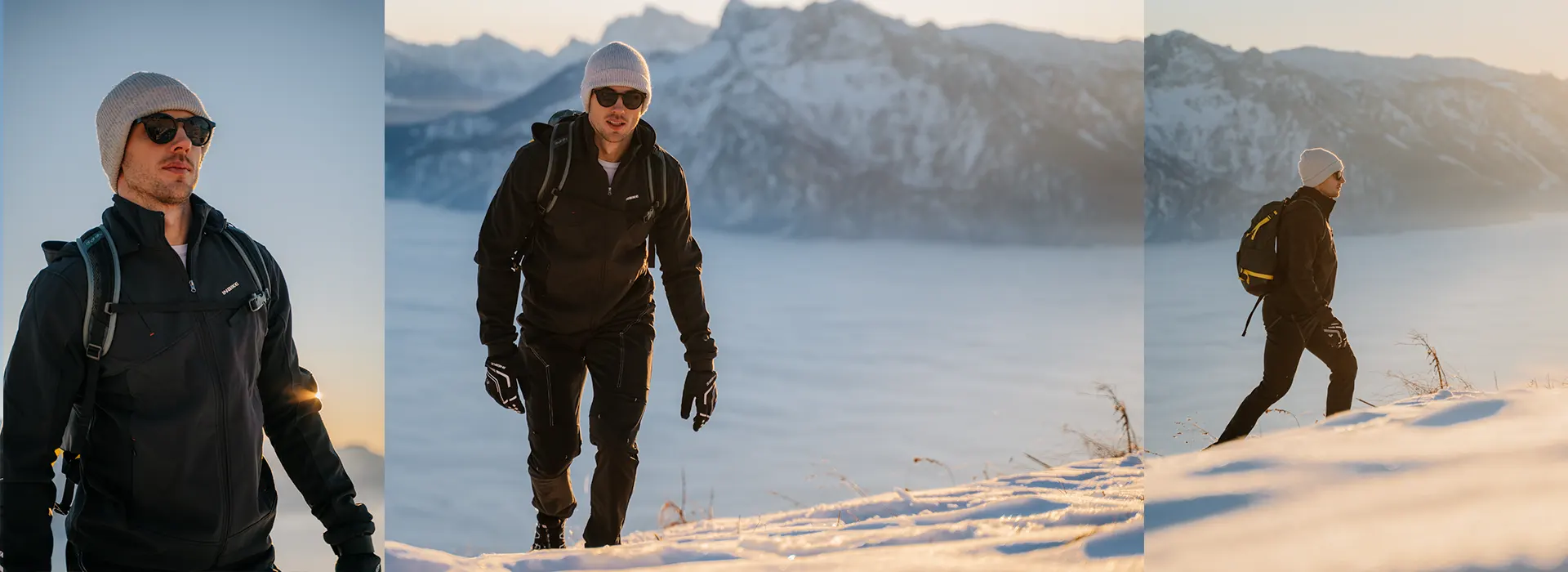2024 What to Wear in Various Weather when Riding
Are you ready to hit the road on your bike but uncertain about what to wear? Whether it’s scorching heat, mild warmth, pouring rain, or chilling cold, dressing appropriately can make or break your riding experience. Here’s a concise guide on what to wear in different weather conditions:
1.Hot Summer Weather 90°F (30°C): Sun Protection
Arm Sleeves, Bike Helmet with Face Shield, Sunscreen, Breathable Short-Sleeve Cycling Jersey
In hot weather, sun protection is crucial. Wear arm sleeves to cover exposed skin, a bike helmet with a face shield to shade your face, and apply sunscreen. Choose a breathable short-sleeve cycling jersey to allow airflow and prevent overheating.
- Lightweight, breathable fabrics: These materials allow air to circulate, keeping your body cool and preventing overheating, which is crucial for comfort and preventing heat-related illnesses during long rides in hot weather.
- Light-colored clothing: Light shades reflect sunlight, reducing heat absorption and keeping you cooler compared to dark colors, which absorb heat.
- Moisture-wicking base layer: This type of fabric pulls sweat away from your skin, keeping you dry and comfortable even when temperatures soar.
- Sun protection: Sunscreen, sunglasses, and a cap shield you from harmful UV rays, preventing sunburn and potential long-term skin damage.

2.Warm Weather: 70°F (21°C)
Shorts and Short-Sleeve Athletic Top
In warm weather, what to wear includes lightweight shorts and a short-sleeve athletic top. They allow for airflow and help keep you cool.
- Breathable fabrics with added layers: By layering, you can adjust your clothing to changing temperatures throughout the day, ensuring comfort during cooler periods without overheating when it warms up.
- Lightweight jacket or vest: Provides wind protection while allowing airflow, preventing wind chill without causing excessive sweating.
- Moisture-wicking socks: Keep your feet dry and blister-free, enhancing comfort during long rides.


60°F (15.5°C):
Shorts and Long-Sleeve Athletic Top or Long-Sleeve Base Layer
As temperatures drop slightly, pair shorts with a long-sleeve athletic top or a long-sleeve base layer. The long sleeves provide some warmth for your arms while your legs remain ventilated.
50°F (10°C):
Tights or Leg Warmers; Heavy Long-Sleeve Sweater + Sleeveless/Short-Sleeve Wicking Undershirt, or Lightweight Long-Sleeve Sweater + Long-Sleeve Wicking Shirt
When it gets cooler, what to wear includes tights or leg warmers. For your upper body, either a heavy long-sleeve sweater with a sleeveless or short-sleeve wicking undershirt, or a lightweight long-sleeve sweater with a long-sleeve wicking shirt. Layering is key for insulation.
45°F (7°C):
Tights or Leg Warmers; Long-Sleeve Wicking Shirt + Insulated Cycling Jacket; Thin Gloves; Ear-Covering Headband; Wool Socks + Shoe Covers

3.Cold Weather:
- Thermal base layers: Trap heat close to your body, preventing heat loss and keeping you warm even in freezing temperatures.
- Windproof and water-resistant outer layer: Shields you from cold winds and light rain/snow, maintaining warmth and comfort.
- Insulated riding gloves: Protect your hands from frostbite while allowing sufficient movement and tactile feedback for safe riding.
- Thermal boots: Keep your feet warm and dry, preventing numbness and reducing the risk of frostbite.
- Balaclava or neck gaiter: Protect sensitive areas of your face and neck from cold winds, preventing discomfort and potential frostbite.
Tips for Using Toe Warmers:
- Buy them in bulk at Costco for around $0.50 per pair
- Sweating can deactivate them, so don’t put them inside your shoes
- Stick the warmers to the outside of your shoes’ toes, then put shoe covers over them to extend their life
- On very cold days (<25°F), you can put your whole foot in a plastic bag
- A well-stocked cycling wardrobe is essential for all weather conditions
By understanding the importance of each clothing item in different weather conditions, riders can make informed choices to prioritize comfort, safety, and enjoyment during their journeys.

